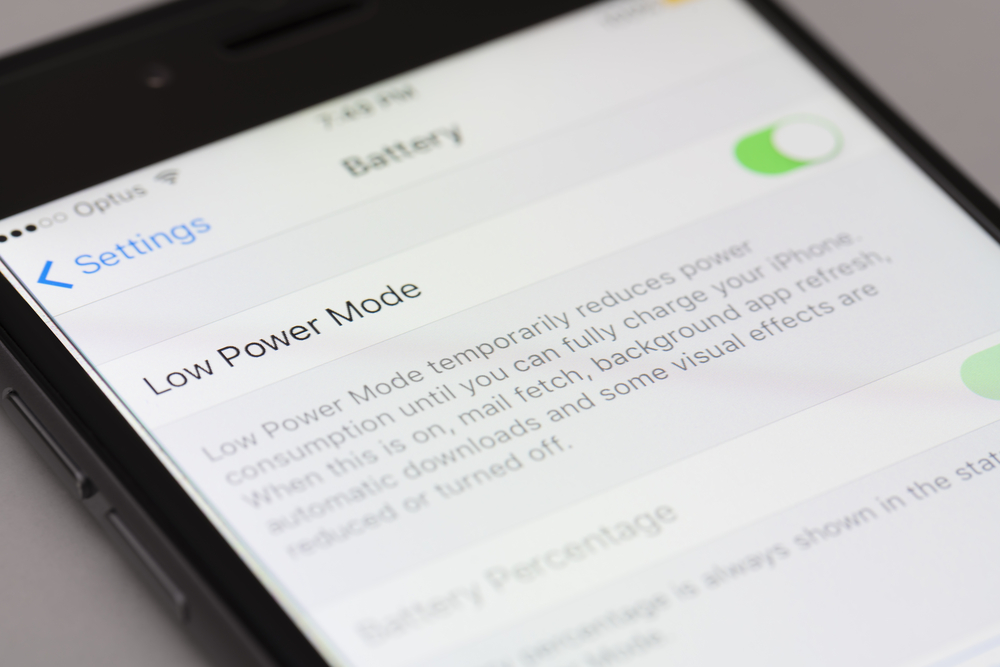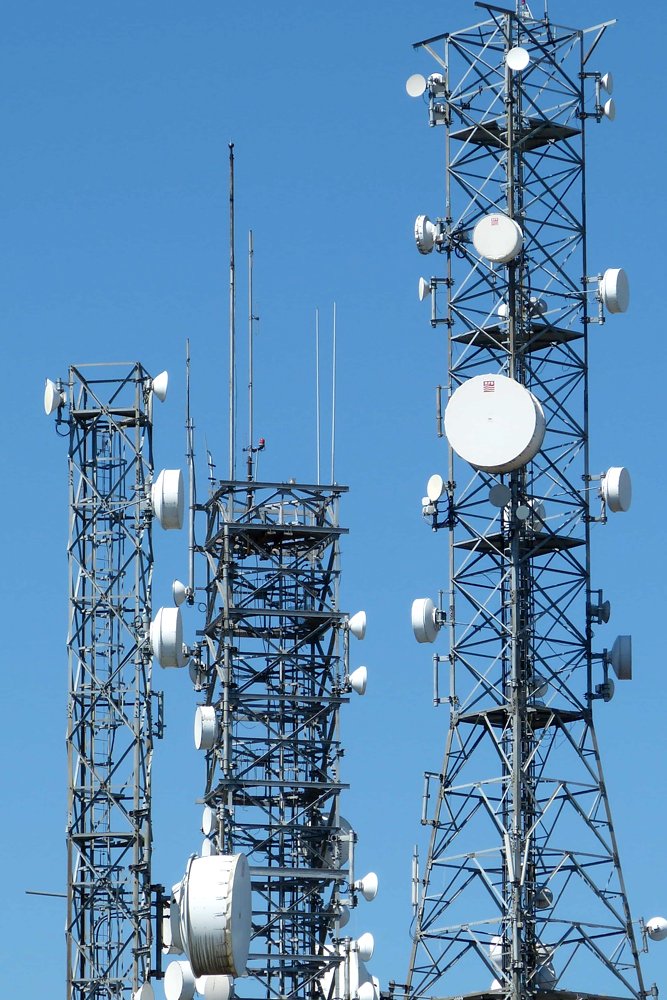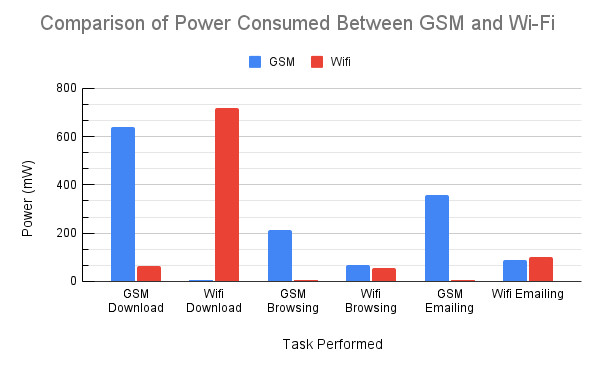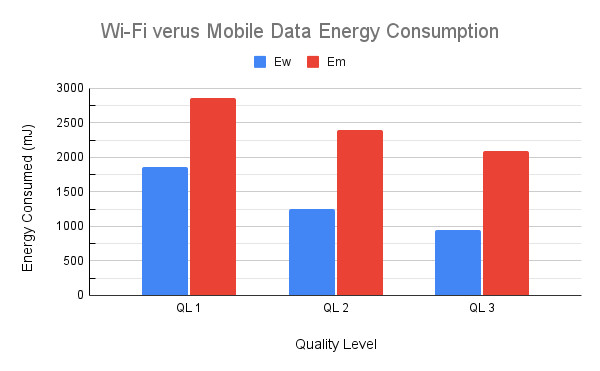Table of Contents (click to expand)
Yes, mobile batteries drain faster on mobile data than on Wi-fi.
Imagine that you just finished a long day at college and took the metro to get home. Quite conveniently, you connected to the public wifi in order to stream your favorite podcast before realizing that your mobile battery was running quite low—below 15%. You are in a dilemma! Not wanting to pause the podcast, but also wanting to preserve just enough battery to reach home, you turn wifi off and turn mobile data on. Even so, the battery still got drained. In the end, you turn everything off and keep the phone on battery saver.

Is there anything else you could have done in this situation? Let’s find out.
Why A Network Connection Drains Battery
Whether a phone uses wifi or cellular data, communication with other devices requires the transmission of data. This transmission involves two processes. The first is the generation and propagation (i.e., sending) of data. The second is the retrieval of data. This is achieved by using a transmitter (to generate data) and a receiver (to retrieve data) antenna.
The transmitter contains a long, thin conductor connected to an alternating current (AC) supply. The electrons start oscillating when AC current flows. Oscillation involves the acceleration and deceleration of electric charges. Accelerating charges produce electromagnetic (EM) waves, which propagate in all directions. Data is transmitted in the form of EM waves.

The receiver also contains a long, thin conductor. When EM waves strike the antenna, the electrons absorb energy and start oscillating at the same frequency as that of the incident waves. This electronic oscillation creates an AC current in the receiving antenna, which is then converted to a suitable form (sound, video, text, etc.).
Thus, it is evident that energy is used when transmitting and receiving data. This energy is provided by the phone’s battery.
Power output at the receiver antenna drops by the inverse square of the distance from the transmitter. Thus, doubling the distance between the antennas decreases the power output by four times. To ensure that the signal strength doesn’t wane, more power is required at the transmitter, which comes at a cost to the battery.
Also Read: Does Switching Off Phone Data And WiFi Protect Me From Radiation From My Phone?
Meta-Analysis: Wi-fi Versus GSM Power Consumption
To establish the disparity of power consumption between GSM and Wi-Fi, some typical usage scenarios were simulated. These scenarios included emailing, downloading random data, and web browsing. The device used was OpenMoko Neo Freerunner. Two other devices, HTC Dream and Google Nexus One were used to validate the initial observations on Freerunner.
Mobile data and Wi-fi were alternately used to perform the aforementioned tasks. The power consumed is measured by multiplying the voltage supplied and the current drawn during that specific task.
Emailing
The power usage for receiving and reading five emails, and replying to two of them, is as follows:
| GSM Power Consumed (mW) | Wi-Fi Power Consumed (mW) | |
| Email Over GSM | ~360 | ~5 |
| Email Over Wi-Fi | ~90 | ~100 |
| Aggregate | ~450 | ~105 |
When emails were sent over wifi, some power was consumed by GSM to keep the device connected to the cellular network. This power consumption was about 90 mW. When emails were sent over GSM, the wifi power consumption dropped to nearly nil.
Downloading Random Data
A 15 MB file was downloaded over Wi-Fi and a 50 KB file was downloaded over GSM. It must be noted that the power consumed is dependent on the throughput (amount of data transferred per second) and is independent of the total file size.
| GSM Power Consumed (mW) | Wi-Fi Power Consumed (mW) | |
| Download Over GSM | ~640 | ~62 |
| Download Over Wi-Fi | <5 | ~720 |
| Aggregate | ~640 | ~782 |
The aggregate power consumed by Wi-Fi was more than the aggregate power consumed by GSM. This was because the throughput for Wi-Fi was 660.1  36.8 KB/s and for GSM, 3.8
36.8 KB/s and for GSM, 3.8  1.0 KB/s. The former’s higher power consumption over Wi-Fi was explained by the greater power required to process data that is downloaded at a higher throughput.
1.0 KB/s. The former’s higher power consumption over Wi-Fi was explained by the greater power required to process data that is downloaded at a higher throughput.
Web Browsing
| GSM Power Consumed (mW) | Wi-Fi Power Consumed (mW) | |
| Browsing Over GSM | ~215 | <5 |
| Browsing Over Wi-Fi | ~70 | ~55 |
| Aggregate | ~285 | ~55 |
It is evident that browsing over GSM consumes more power than browsing over Wi-Fi. This is because a background connection to the cellular network is maintained at all times to receive calls and texts.
Summary

Energy Efficiency: GSM Versus Wi-Fi
The energy consumption and energy efficiency of GSM and Wi-Fi to stream videos were compared at different locations inside a university campus. The video was played at three different display qualities. Four locations were considered. The findings were as follow:
| Ew: Wi-Fi Energy Consumed (mJ) | Em: Mobile Data Energy Consumed (mJ) | Percentage Increase of Energy of Mobile Data over Wi-Fi
| |
| QL 1 | 1859.44 | 2865.75 | 54.11 |
| QL 2 | 1247.41 | 2391.97 | 91.75 |
| QL 3 | 947.51 | 2090.59 | 120.64 |
| Aggregate (QL 1 + QL 2 + QL 3) | 4054.36 | 7348.31 | 88.82 |
Here, QL 1 boasts the highest quality and QL 3 is the lowest quality.
For all quality levels, mobile data consumed more energy than Wi-Fi. The lower the streaming resolution, the greater the disparity. This is because streaming at lower quality requires less energy consumption, but the phone maintains a baseline cellular connection to receive texts and calls, which adds to battery drain.

Also Read: Does Distance From The Wi-Fi Router Impact Download Speeds?
The Verdict
It is evident that mobile data consumes more energy than Wi-Fi in real-life scenarios. This is because a cellular connection must always be maintained for calls and texts. Also, cellular towers are generally very far away, as compared to Wi-Fi routers. In areas with weak cellular coverage, the phone receives a weak signal, which translates to the phone trying even harder to maintain the network connection. This draws even more power.
Also, shifting from one place to another results in the switching of connections from one cellular tower to others. This also contributes to battery drain. On the contrary, Wi-Fi routers are generally no farther than 100 m, which is significantly less than tower-to-phone distances. Since Wi-Fi connections are not mandatory for calls and texts, the energy consumed by Wi-Fi drops nearly to nil when not in use!
How well do you understand the article above!

References (click to expand)
- Zou, L., Javed, A., & Muntean, G.-M. (2017, June). Smart mobile device power consumption measurement for video streaming in wireless environments: WiFi vs. LTE. 2017 IEEE International Symposium on Broadband Multimedia Systems and Broadcasting (BMSB). IEEE.
- A Carroll. An Analysis of Power Consumption in a Smartphone - USENIX. USENIX
- (2015) Smartphone Energy Drain in the Wild: Analysis and Implications. Purdue University
- EE302 Lesson 13: Antenna Fundamentals. The United States Naval Academy
